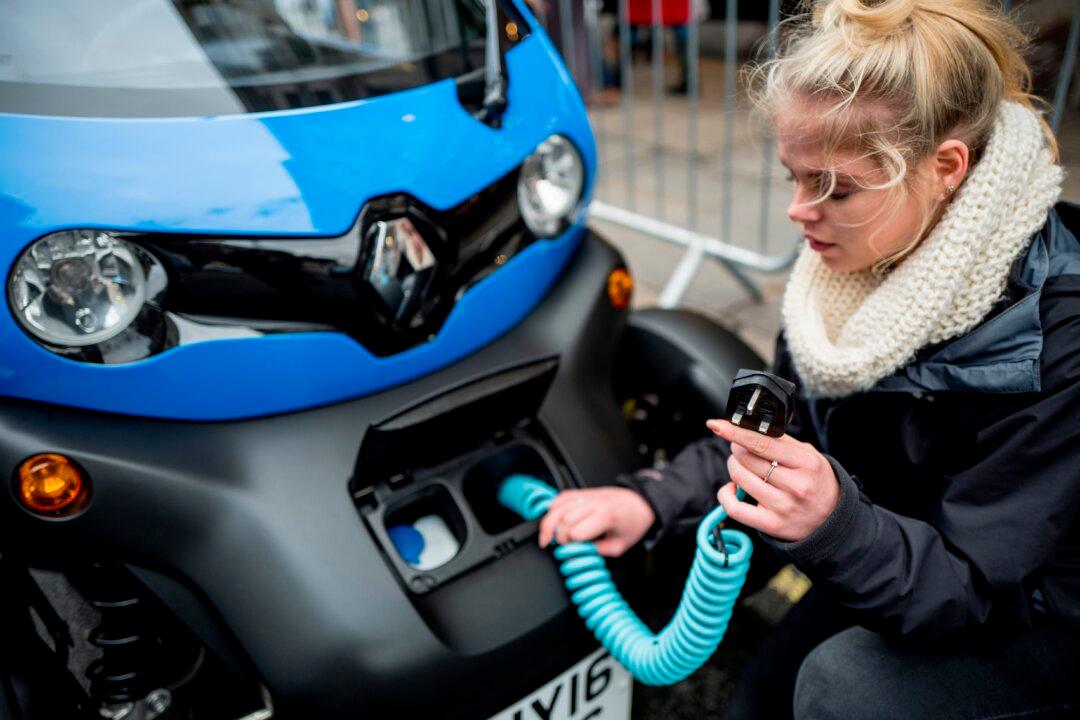The automotive market in Britain will have weaker demand for Battery electric vehicles [BEVs] in 2023, with experts predicting a drop in numbers amid high energy costs and insufficient charging infrastructure.
The Society of Motor Manufacturers and Traders [SMMT] released its latest figures and forecasts on May 4. The association anticipates a softened demand for BEVs, having downgraded their expected 2023 market share from 19.7 percent to 18.4 percent.





